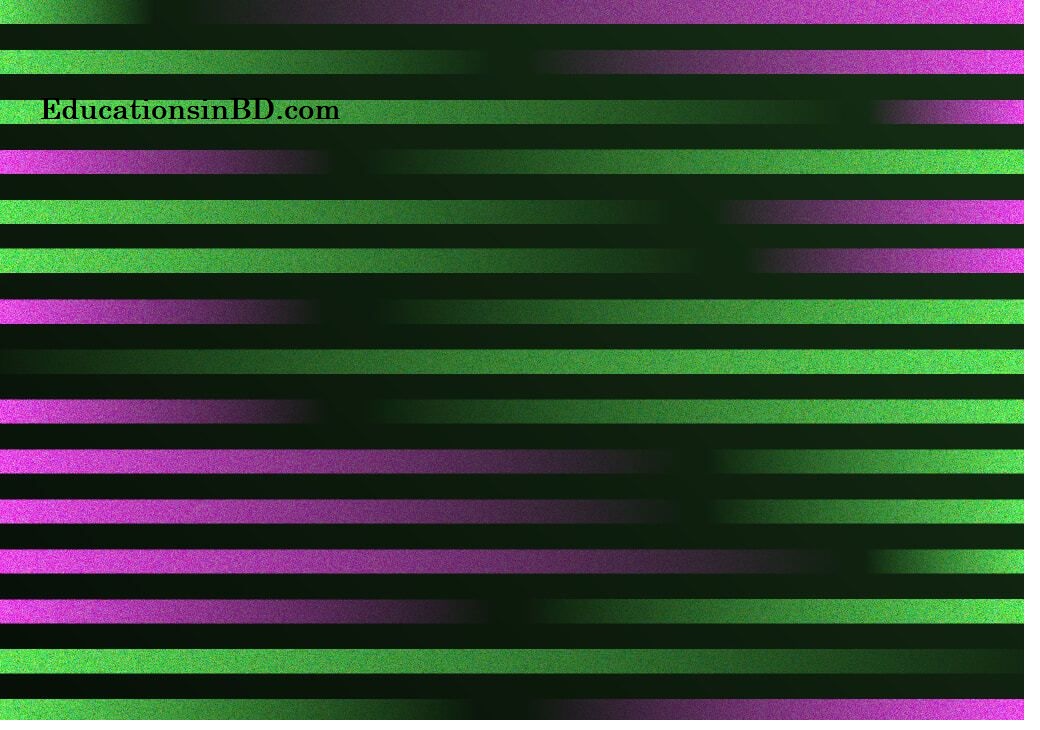DALL E login: How to use Dall-e online openai.com/dall-e-2
DALL-E is an artificial intelligence model developed by OpenAI in 2021. It is a transformer-based neural network that can generate high-quality images from textual descriptions. The name “DALL-E” is a combination of the artist Salvador Dali and the character Wall-E from the Pixar animated movie. The DALL-E model can take in textual descriptions of a wide range of objects and scenes, and it generates corresponding images that are often highly detailed, nuanced, and creative. For example, it can generate images of a “radish chair,” “a snail made of harp strings,” or “a green cube with the texture of a sponge.” DALL-E is one of the most advanced AI models for image generation and has the potential to revolutionize various fields, including design, art, and advertising.
DALL-E is based on the transformer architecture, which is a type of neural network that has achieved state-of-the-art results in natural language processing tasks, such as language translation and text classification. The model was trained on a massive dataset of images and their corresponding textual descriptions, and it uses a combination of supervised and unsupervised learning techniques to generate images from textual inputs.
One of the most impressive features of DALL-E is its ability to generate highly creative and novel images that often go beyond what a human designer or artist might imagine. For example, it can generate images of animals or objects that are combinations of multiple things, such as a “cactus penguin” or a “pizza snail.” This ability to generate novel and imaginative images has led to much excitement and interest in DALL-E’s potential applications.
One potential application of DALL-E is in the field of product design and marketing, where it could be used to generate realistic and detailed product images from textual descriptions. It could also be used in art and design, where it could help artists and designers generate new ideas and concepts for their work. Another potential application is in the creation of virtual environments for video games and simulations, where DALL-E could be used to generate realistic and detailed 3D objects and environments from textual descriptions.
DALL-E represents a significant breakthrough in the field of artificial intelligence and has the potential to transform various industries and fields of study.
to use the DALL-E model, you would need to have programming and machine learning expertise. OpenAI provides access to its GPT models and APIs through partnerships with organizations and researchers who have the technical expertise to use and integrate these models into their applications.
If you are interested in using the DALL-E model for a specific project or application, you may want to reach out to OpenAI to explore potential collaboration or partnership opportunities. However, it’s important to note that the DALL-E model is not freely available for public use, and its use is subject to OpenAI’s terms and conditions.
DALL E login: How to use Dall-e online openai.com/dall-e-2

To sign up for a Dall e account, follow these steps:
Go to the DALL-E https://openai.com/dall-e-2/ website.
Click on the “Sign In” link in the top right corner of the homepage.
Click on the “Create an Account” button.
Fill out the registration form with your email address, and first and last name, and create a password.
Check the box to agree to the Terms and Conditions and Privacy Policy.
Click on the “Create Account” button.
To login to your DALL-E account, follow these steps:
Go to the DALL-E https://openai.com/dall-e-2/ website.
Click on the “Sign In” link in the top right corner of the homepage.
Enter the email address and password associated with your account.
Click on the “Sign In” button.
How to use Dall-e online?
DALL-E is a machine learning model developed by OpenAI that can generate images from textual descriptions. Unfortunately, DALL-E is not available as an online tool for the public to use directly.
However, OpenAI has released a web demo called “GPT-3 Playground” which allows users to input textual prompts and receive output from GPT-3, a language model similar to DALL-E. To use the GPT-3 Playground, follow these steps:
Visit the GPT-3 Playground website at https://beta.openai.com/playground/
Click on “Select Model” and choose “Davinci” from the list of available models.
In the “Text” section, enter a textual prompt that describes the image you want DALL-E to generate.
Click on “Generate” to see the output generated by GPT-3.
Note that the output generated by GPT-3 may not always be accurate or satisfactory. Additionally, the GPT-3 Playground is only available to users who have an OpenAI API key, which can be requested from the OpenAI website.
How to use DALL E?
Using the DALL-E model requires programming and machine learning expertise, as it is a complex neural network that requires specialized skills to operate. However, here are some general steps to follow if you want to use DALL-E:
Acquire access to the DALL-E API: OpenAI provides access to its GPT models and APIs through partnerships with organizations and researchers who have the technical expertise to use and integrate these models into their applications. You may need to apply for access to the DALL-E API and follow OpenAI’s terms and conditions.
Prepare your input textual descriptions: Before you can generate an image with DALL-E, you need to provide it with a textual description of what you want the image to depict. Make sure your descriptions are clear and concise, and that they accurately describe what you want to generate.
Format your input data: Depending on how you are interfacing with the DALL-E API, you may need to format your input data in a specific way. For example, if you are using a Python library to interface with the API, you may need to provide your input descriptions as a Python dictionary.
Send your input data to the DALL-E API: Once you have formatted your input data, you can send it to the DALL-E API for processing. The API will use the DALL-E model to generate an image based on your input textual description.
Receive and use the output image: Once the DALL-E API has generated an image, it will return the image to you in a format that you can use in your application or project. Make sure to save the image in a format that works for your specific use case.
using DALL-E requires advanced programming and machine learning skills, and it may take some time and experimentation to get the results you want. However, with persistence and patience, you can harness the power of DALL-E to generate highly creative and imaginative images from textual descriptions.



